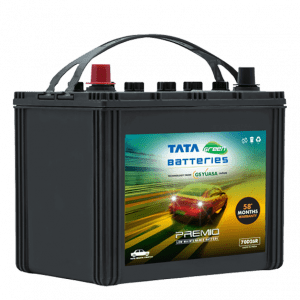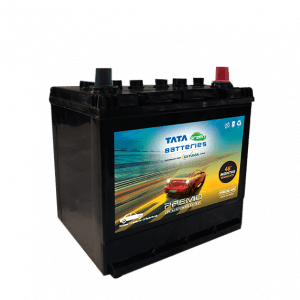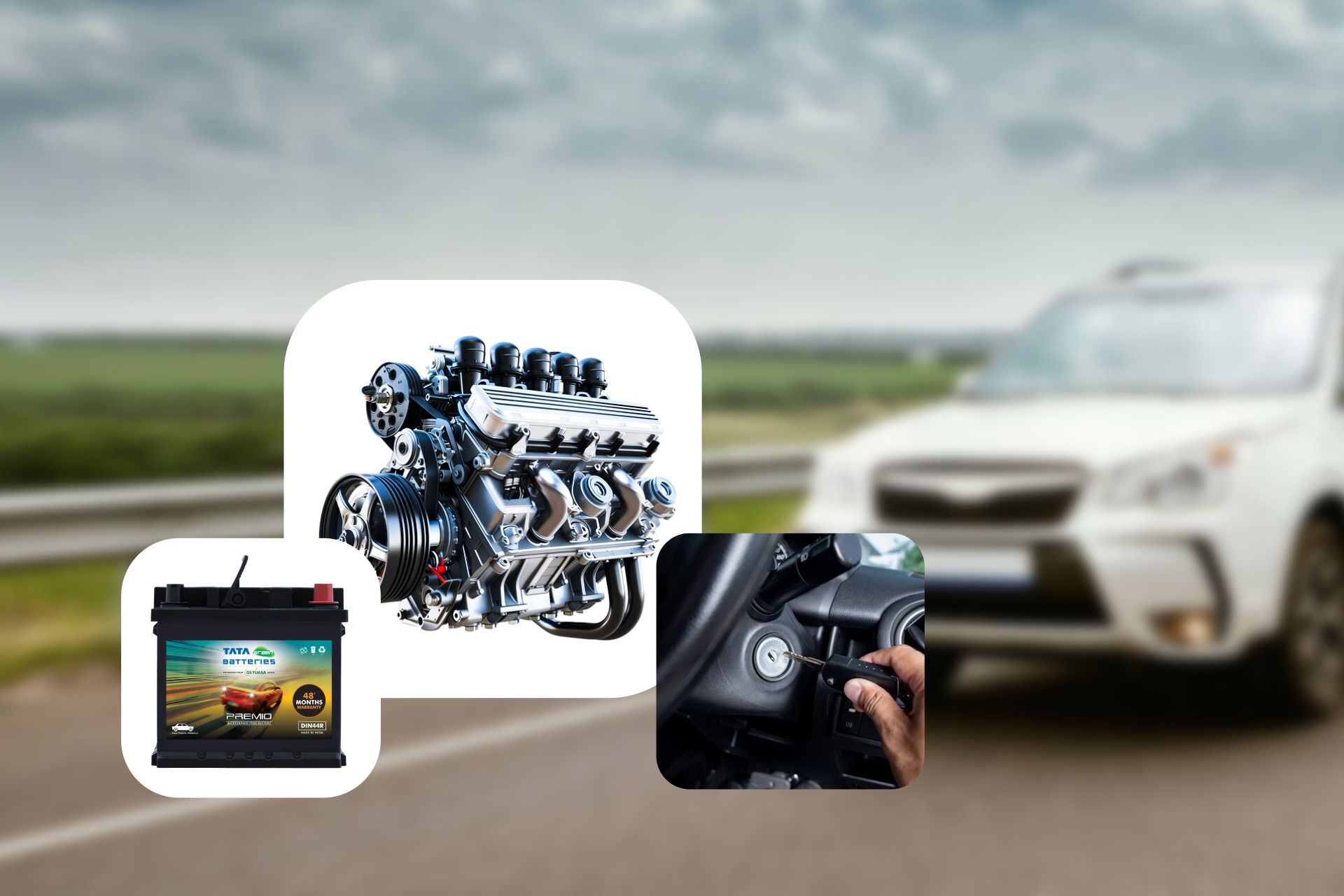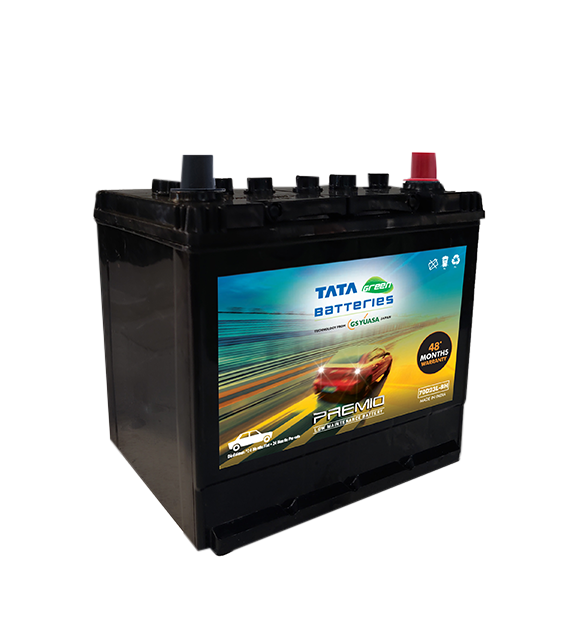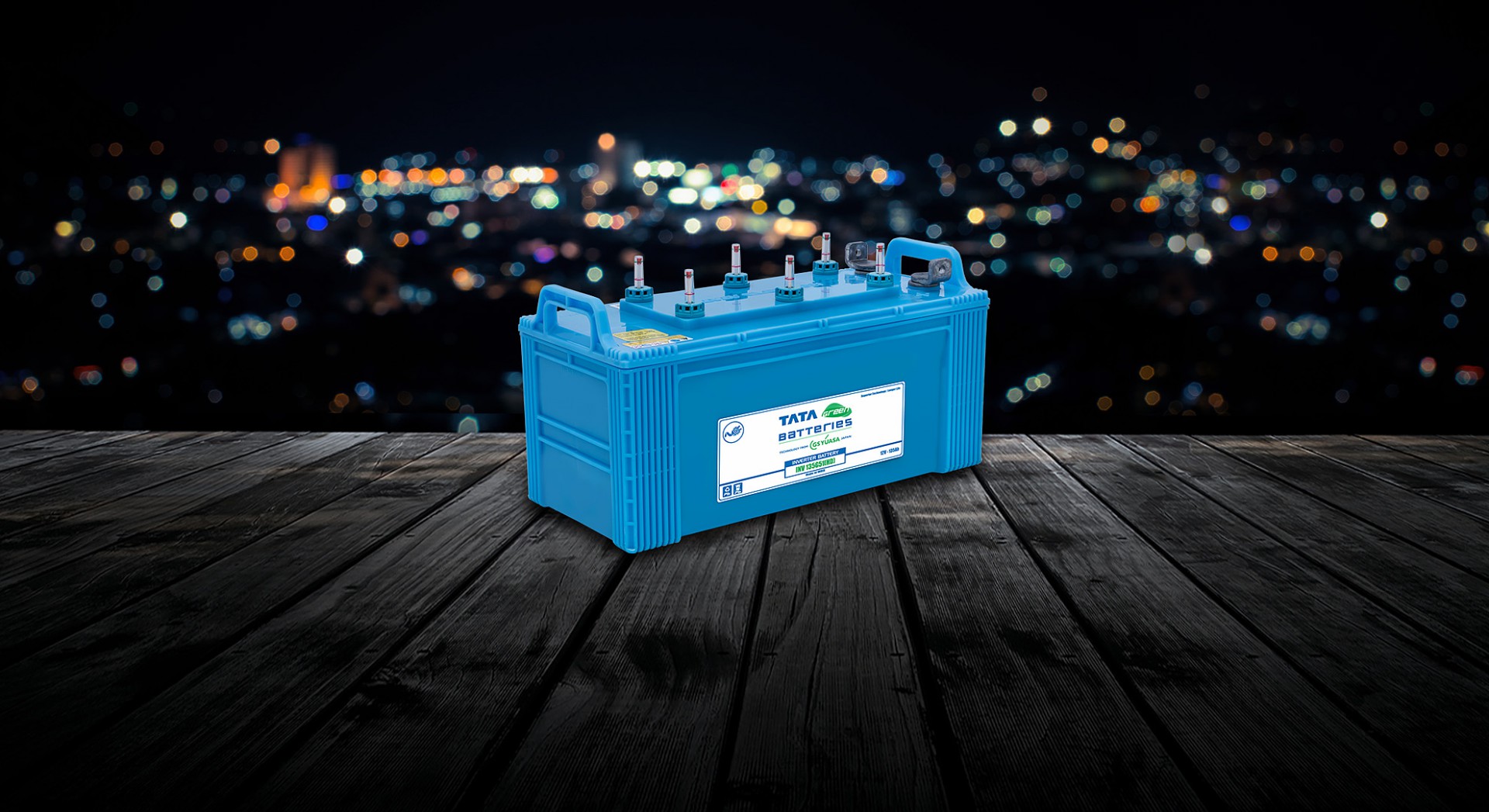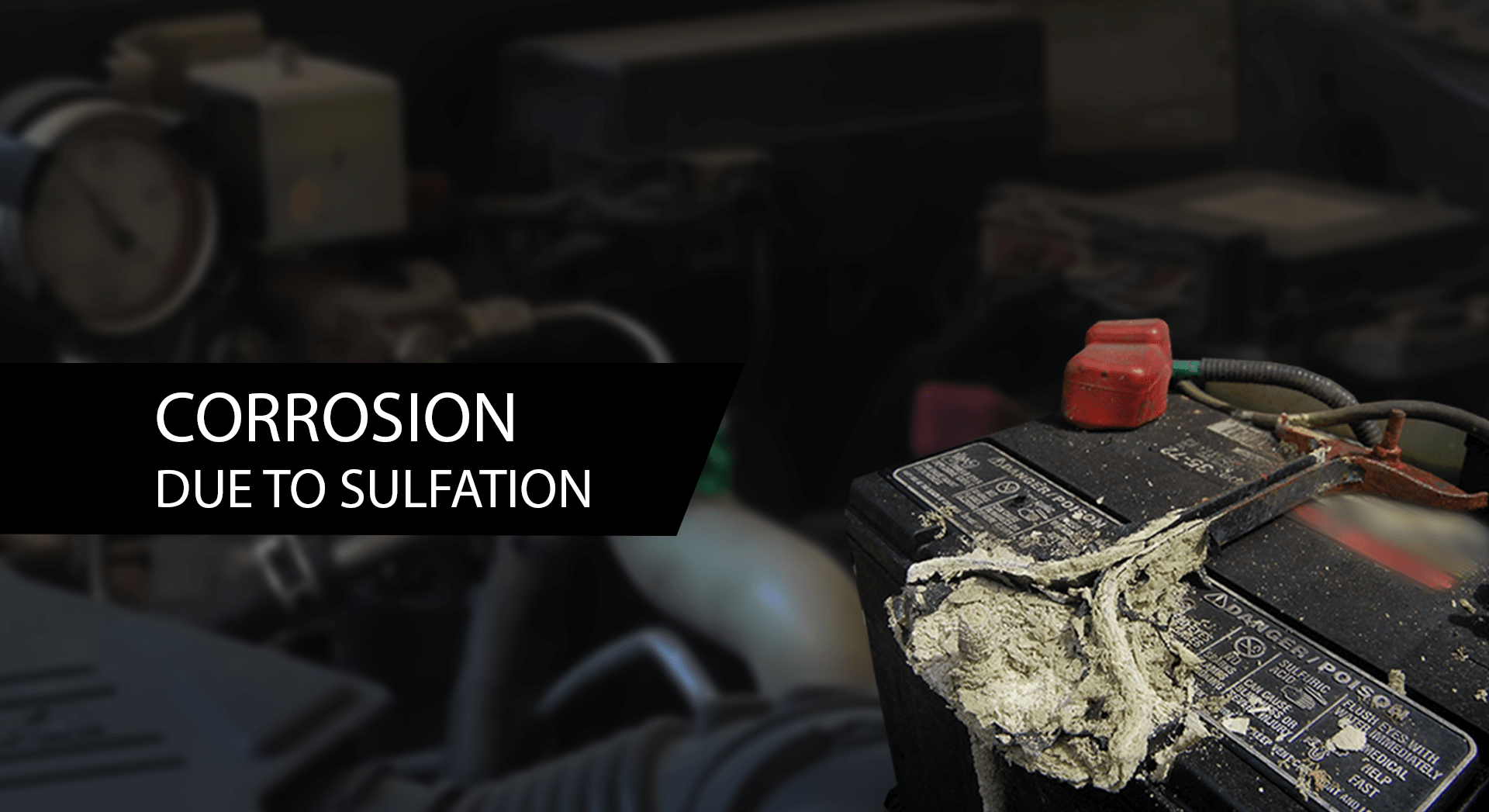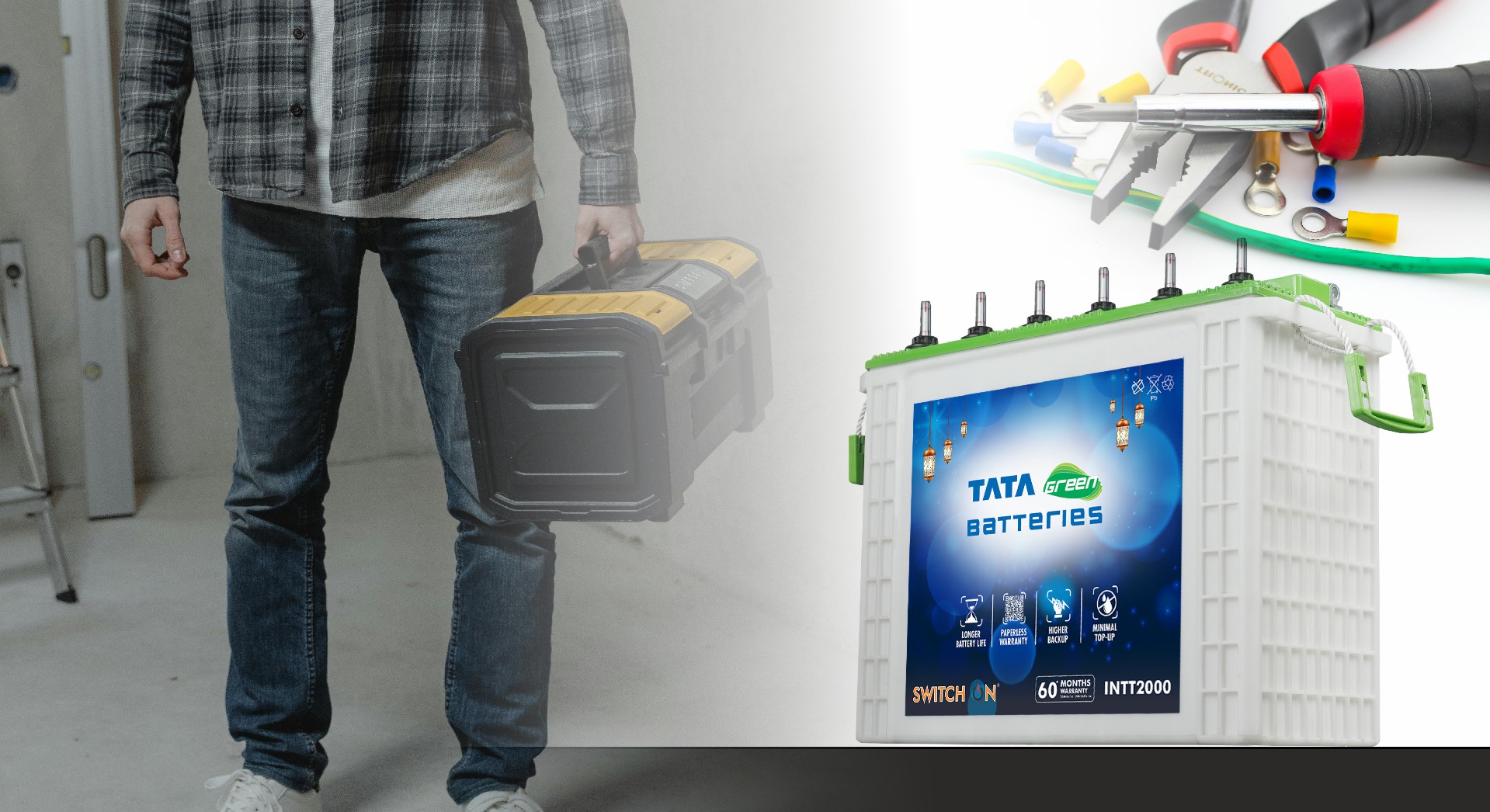When it comes to driving, most of us pay attention to fuel, tyres and engine health. But one thing that quietly powers our journeys is the car battery. It may not be visible every day. However, it plays a big role in starting the engine, running the lights and powering small devices inside the car. Like any other part of a vehicle, a battery needs proper care. More importantly, handling it without safety in mind can lead to injuries, damage or even accidents. This blog explores some easy safety tips that every driver should know.

Handling and Installation
The first step to battery safety begins with how we handle and install it.
Wear Safety Glasses and Gloves
Never try to handle a car battery with your bare hands. Batteries contain acid. Even a small accidental splash can harm the eyes or skin. Wearing safety glasses and gloves acts as the first line of defence.
Mount Batteries Firmly
Batteries should never be loosely placed. Ensure you use proper hold-down clamps to keep them steady. A loose battery can move around, causing short circuits or damage to nearby parts.
Tighten Terminals Correctly
When connecting terminals, make sure they are firm but not overtightened. If they are loose, it can lead to sparks. If they are too tight, the terminals or battery casing can get damaged. Finding that balance is important.
Charging Safety
Charging a battery may sound simple. But it comes with its own set of precautions.
Choose a Ventilated Spot
Charging always produces gases. If done in a closed space, these gases can build up and cause explosions. Always charge in an open or well-ventilated area.
Remove Jewelry Before Working
Watches, rings or chains can accidentally touch the terminals and cause a short circuit. Always make sure your hands and wrists are free of metal before you start.
Match Charger Settings
Every battery has its own specifications. Using the wrong settings can damage the battery or even cause it to burst. Always check the type of battery and set the charger accordingly.
Connect in the Right Order
The thumb rule to follow is simple: red (positive) first, black (negative) last. And when disconnecting, just reverse the order. This prevents sparks and accidental shocks.
Storage and Environment
Not every battery stays in the vehicle at all times. Some are stored or transported. Even in these cases, safety is key.
Avoid Heat and Direct Sunlight
Extreme heat can shorten a battery’s life. Keep them in cool places, away from radiators, engines or direct sunlight.
Prevent Freezing
In colder places, batteries can freeze if they are discharged. Always make sure they are kept charged so that the liquid inside does not freeze.
Keep Them Upright
Batteries should never be laid flat or upside down. Acid can leak, causing burns or damage. Always store and transport them in an upright position.
Stay Away from Flames or Sparks
Batteries give off flammable gases. Always keep them away from cigarettes, open flames or anything that can ignite.
Emergency Procedures
Despite all precautions, accidents can still happen. Knowing what to do next makes all the difference.
Neutralise Spills
If acid spills, the best way to control it is with baking soda. Just sprinkle it on the spill and then flush the area with lots of water.
If it gets into the Eyes
This is serious. Immediately rinse the eyes with clean water for at least 15 minutes and then rush to medical help.
If it Touches the Skin
Even a small splash can cause irritation. Washing the area thoroughly with water works best.
In case of fire
Never use water on a battery fire. Water reacts with chemicals, making the situation worse. The right option is a dry chemical fire extinguisher
Jump Starting
There are times when the car just won’t start. In these situations, jump-starting becomes the only option. Done wrong, it can be dangerous.
Check Both the Batteries
Before connecting, I inspect both batteries for cracks, leaks or visible damage. If there’s any issue, I avoid jump-starting.
Correct the Connections
I connect positive to positive and negative to the metal ground of the vehicle, not directly to the battery terminal. This reduces the risk of sparks.
Keep the Donor Vehicle Running
When the other vehicle provides power, keep its engine running during the process. Doing this ensures steady current flow.
Warning Signs
Batteries often show signs before they fail. Ignoring them can be risky.
Swollen or Bulging Shape
A swollen battery is unsafe to use. Stop using it immediately and get it replaced.
Smell of Rotten Eggs
This odour comes from leaking gas. It’s a clear warning that the battery is unsafe.
Visible corrosion
White or greenish deposits around the terminals are corrosion. Clean them promptly with baking soda and water.
Cracks or Damage
A cracked battery is a ticking time bomb. Make sure to discard it safely, rather than taking chances.
Driving Safer with Battery Awareness
Batteries may seem small compared to the entire car. However, their impact on safety and performance is huge. Handling them with care, knowing how to charge and store them properly and recognising warning signs can save me from accidents and breakdowns. These simple safety habits not only protect me but also keep my vehicle running smoothly. As drivers, when we respect the power of the battery, we drive safer and smarter.






